#3e
Explore tagged Tumblr posts
Text

#republican hypocrisy#traitor trump#maga morons#republican assholes#crooked donald#resist#3e#college protests
2K notes
·
View notes
Text

Emergency #3E protest: May 22, in Washington D.C., at every State Capitol, City Hall, and Town Hall. A bill that strips people of food and health care is not a tax policy, it is autogenocide.
#3E#EndImpunity#EndAutogenocide#EndOligarchy#politics#usa#Activism#Protest#resistance#fuck trump#donald trump#trump#trump administration#fuck musk#elon musk#oligarchy#anti capitalism#late stage capitalism#fuck capitalism#neoliberal capitalism#50501#50501 protests#50501 movement#may day#hands off#indivisible#big beautiful bill#bbb25#emergency#hands off 2025
40 notes
·
View notes
Text
An Etymological Dictionary of Matoric, Third Edition - Volume I COMPLETE (A-G)
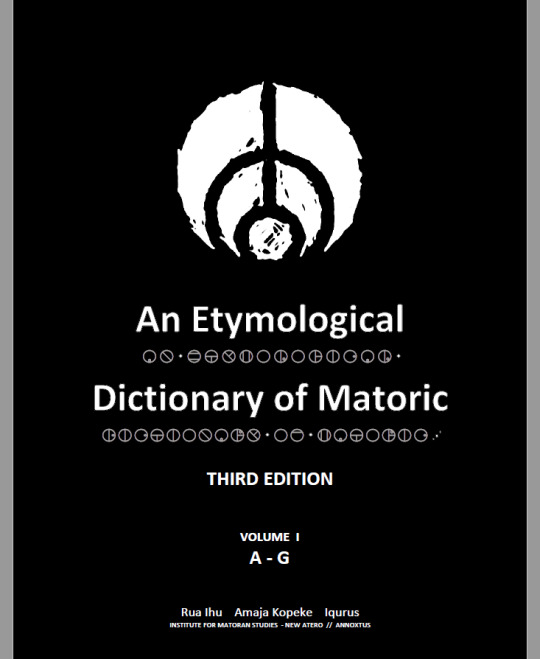
On the world of Spherus Magna, many millennia have come and gone since the time known as BIONICLE. And in that time, the scholars of Spherus Magna have not been idle...
Under the auspices of the Annoxtus Academy of Science, a team of researchers, including linguists, historians, archaeologists, and agoripologists, has worked tirelessly to record, preserve, and analyze the ancient languages and linguistic varieties of the Mata System.
The Institute for Matoran Studies is proud to present the newest result of those labors: The full and complete Volume I of An Etymological Dictionary of Matoric, Third Edition, now covering the letters A through G, along with “Supplemental Entries” for H-Z.
An Etymological Dictionary of Matoric, Third Edition - Volume I: A-G [with Supplemental Entries H-Z] (PDF)
The previously published version of Volume I covered the letters A and B only, amounting to about 90 entries, with 36 root-word entries. In contrast, the Complete Volume I is substantially expanded, containing about 274 entries for the letters A-G, along with an additional ~407 Supplemental Entries, and ~169 root-word entries.
The Supplemental Entries contain words that are referenced in the etymologies of the primary entries for A-G, allowing the reader to cross-reference almost any word referenced in the dictionary. The Supplemental Entries also contain many words not referenced in the primary entries, but whose etymologies have been finalized by the IMS research group, providing a snapshot of the development of future dictionary volumes. This includes nearly all words and grammatical markers listed or referenced in other educational materials, making the Complete Volume I the most comprehensive reference document for the lexicon of the Matoran Language.
[Link to Previous Version (Volume I: A-B)]
======
The Matoran Language (Matoric) is a constructed language (“conlang”) set within the universe and lore of BIONICLE (a LEGO property). It is the language of the biomechanical species called Matoran, and it is also used as a lingua franca amongst many of the biomechanical inhabitants of the artificially-constructed Matoran Universe.
If you would like to learn more about Matoric, further documentation can be found in this post: The Matoran Language [2021].
The Matoran Language Resources page of this blog also contains a wealth of additional content and archival material.
#bionicle#810NICLEDAY#matoran language#conlang#matoran dictionary#outofgloom#matoric#bionicle day#etymology#dictionary#reference#2023#3e#third edition
335 notes
·
View notes
Text
a random tier list i decided to do bc why not?
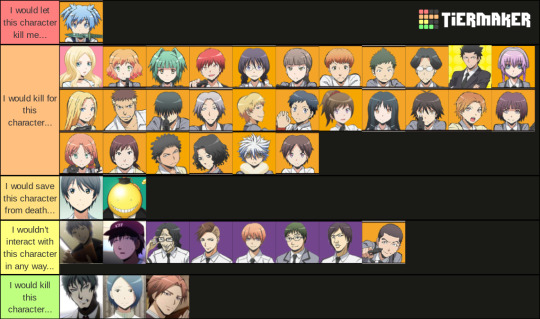
#assclass#assassination classroom#ass class#assasination classroom#ansatsu kyoushitsu#nagisa shiota#karma akabane#kaede kayano#akari yukimura#class 3e#class3e#3e#karasuma sensei#koro sensei#korosensei#kanzaki yukiko#akabane karma#tomohito sugino#gakushuu asano#taiga okajima#irina jelavic#aguri yukimura#hiroto maehara#yuma isogai#hiromi shiota#asano gakushuu#asano gakuhou#some other characters i sadly forgot#hayami rinka#chiba ryuunosuke
319 notes
·
View notes
Text
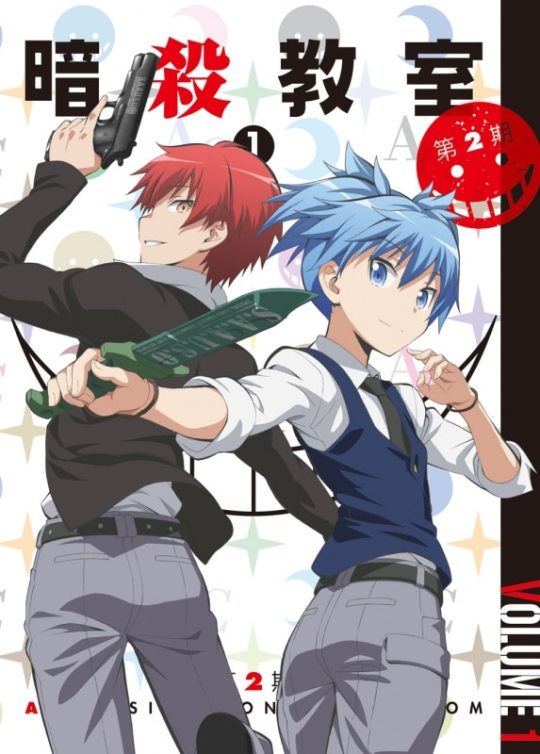

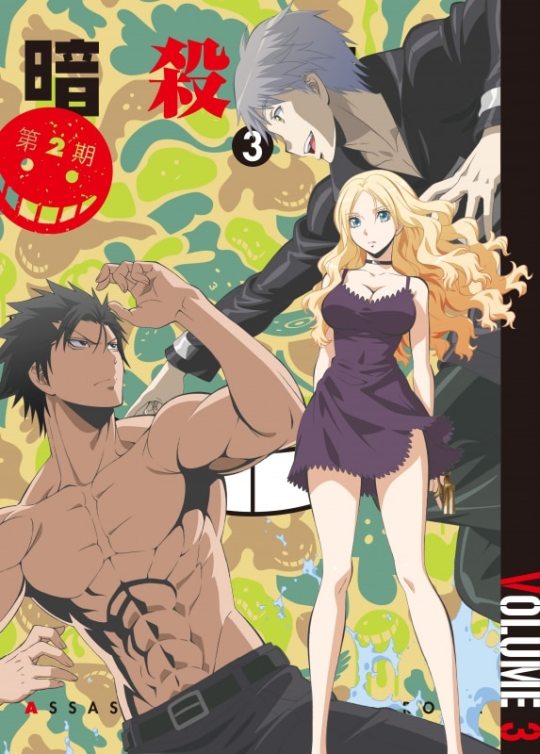


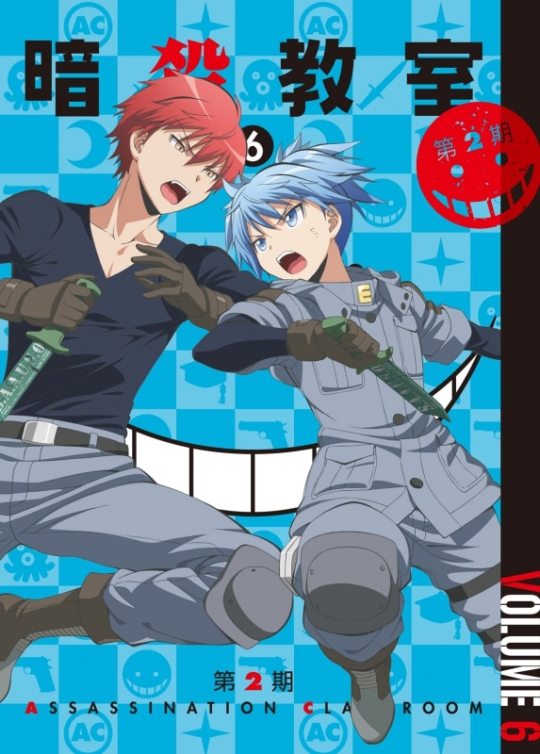


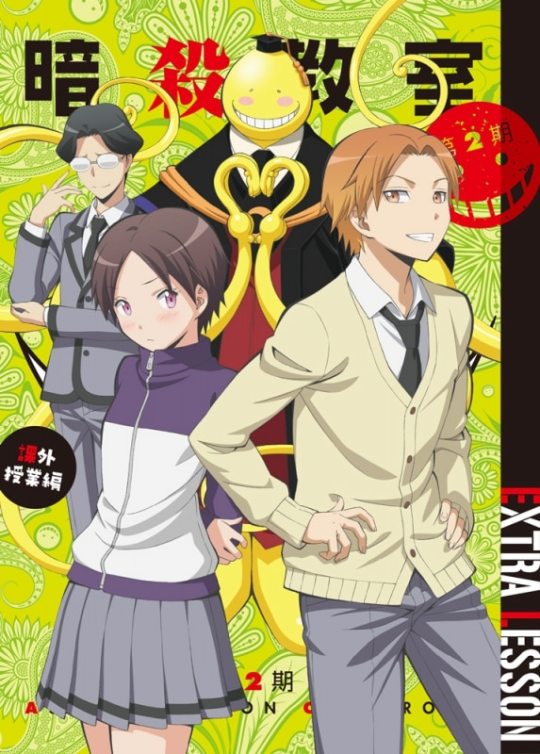
assassination classroom season 2 dvd covers 1-8 (+ extra valentine's ova), from the official website
#assclass archives#art#3e#karma akabane#yuuma isogai#hinata okano#kaede kayano#nagisa shiota#kotarou takebayashi#hiroto maehara#korosensei#irina jelavic#tadaomi karasuma#shinigami#aguri yukimura#dvd covers#group
119 notes
·
View notes
Text

silly drawing for my own reference,, class E's eyes in name list order
#ansatsu kyoushitsu#art#assassination classroom#fanart#class E#3E#I haven't been drawing digitally lately bcs of exams#so this is a warm up ish thing
15 notes
·
View notes
Text

Draegloths were half-demon, half-drow monstrosities. They were the progeny of coupling between a glabrezu and a newly ordained high priestess of the drow goddess Lolth.
“These drow house pets are as graceful and nimble as Waterdhavian stage dancers. Only they're slayers and enforcers, four-armed brutes built like an ogre. Life isn't fair.” — Volo
Draegloths came in several different forms, differentiated by a combination of gender and the species of their mother. The most common were male draegloths born to drow mothers; less common were female draegloths of drow heritage, who were known as "Favored Ones." Rarest still were draegloths that spawned when drider blood was mingled with that of demons via foul rituals; these were known as "Abominations."
Male draegloths were 7.5–8.0 feet (2.28–2.44 meters) tall. They had four arms: large claws on the upper arms and humanoid hands on the lower arms. Their faces were stretched so that they resembled those of dogs. Their skin was black and covered in a fine coat of white fur. They had a yellow-whitish mane of hair on their head.
Female draegloths were as tall as their brothers, but favored their drow ancestry; they looked mostly like a female drow, save for having two pairs of drow-like arms and a distinctly lupine cast to their features. Their fingernails and toenails were sharp and claw-like, but not so large as to interfere with spellcasting or delicate work.
Draegloth Abominations were the most bestial-looking of the draegloths. Their features included wicked claws, spider-like legs, and gnashing teeth. They had the ability to secrete webbing, which they used to tether foes and pull them into close quarters to be torn apart.
Draegloths were immune to poisons, as well as sleep-inducing spells and effects, and they were resistant to most elemental energy.
Draegloths were often seen as a sign of favor from Lolth. They were sacred creatures to the Lolthites and were usually treated with respect. Draegloths were perhaps the only variety of half-fiend that was created regularly and intentionally by a mortal race.
Female draegloths, due to their rarity, their greater intelligence, and their gender, were regarded with much more favor than their male counterparts in drow society, as evidenced by their title of "Favored Ones". Female draegloths were always adopted by the Church of Lolth and brought up as clerics to the Spider Goddess. Some draegloths trained as wizards.
Draegloth abominations had no society. They were uncontrollable monsters, so crazed for blood that even drow society couldn't tolerate them in its midst. Consequently, the usual practice was that soon after an abomination was born, the draegloth was ceremonially gifted to Lolth by being sent through a portal to the Demonweb Pits, where it became one of the many fiendish predators roaming that plane. When this did not happen, the abomination invariably brought ruin to its mother and all drow around it.
In the drow city of Menzoberranzan, part of the annual graduation ceremony of the Arach-Tinilith academy was the summoning of a glabrezu and the attempt to produce a draegloth. This succeeded about once a decade, and nearly always precipitated conflict as the drow house "blessed" with the half-fiend moved to strike against its rivals.
During the Silence of Lolth over 1372/1373 DR, some draegloths, formerly unquestionably loyal to the matriarchs, went off on their own, abandoning or even betraying their mothers and demanding equal status.
Source: https://forgottenrealms.fandom.com/wiki/Draegloth
24 notes
·
View notes
Text
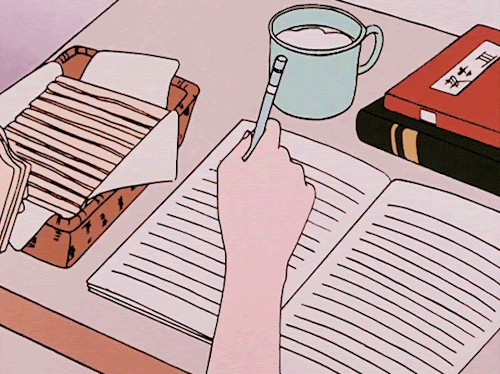
Psychosophy rambles
Two rambles and unedited messages about psychosophy, a typology system
Besides emotional expression, it's more about internal turmoil, the 3E's lack of connection to the spirit makes them insecure about their own internal turmoil of emotions, which is what results in them appearing cold/stoic often, which is similar to how 1E (aggressive emotion) asserts their turmoil, but rather than like 1E who is outwardly expressing their turmoil by turning cold, the 3E turns cold more unintentionally due to their insecurities and inability to comprehend their own inner self, in particular volition has an important affect on 3E, for example FLEV lacks a desire to connect with their inner self due to the psychological laziness enforced by 4V
A common misconception to what makes someone 1L is "headstrongness" which isn't 1L exclusive. Another reason is also a "fear of being wrong" which people generally associate with aggressive logics when 4L is generally capable of being scared too, especially with 3V. The fevl is well versed in its theatrics and performance, putting up a front of intelligence and smartness easily if that's what gets them accepted — people lack understanding to this as they view fevl solely as neurotic when it's more likely that it is performative and superficial. The 4L spews information it knows and heard of, almost as if it's regurgitating it like a school boy — someone who receives and comes to a conclusion, the 4L being like this has shallow logic and shallow points, this idea of "debate" being a major in logics in PY is a clear example of shallow and superficial perception, akin to what the 4L represents, the 3V allows it to mold itself, saying what makes seem seem intelligent and look better while not being able to actually back it up with their reasonings and concrete thinking.
15 notes
·
View notes
Text

Important thing to remember (from Binding Chaos) as we all work to resist and repeal the tyranny of President Musk and the other oligarchs robbing We the People.
#fuck elon musk#elon musk#donald trump#jd Vance#david sacks#mark Zuckerberg#anonymous#Jeff Bezos#the resistance#resist#3e#end oligarchy#tax the rich#fuck capitalism
8 notes
·
View notes
Text
(y/n and karma are dating and everyone just found out)
Karma: *being clingy and a general nuisance*
Y/n: Karma, I'm trying to do my work...
Asano: *was walking past* "Blink twice for help."
3-E: *shock*
#assassination classroom incorrect quotes#assassination classroom#karma akabane#karma x y/n#3e#asano
9 notes
·
View notes
Text

#3E#AutoGenocide#Binding Chaos#politics#resistance#late stage capitalism#anti capitalism#neoliberal capitalism#fuck capitalism#oligarchy#delay deny depose#climate change#climate crisis#poverty#pollution#abortion#civil rights
8 notes
·
View notes
Text

#us politics#memes#antifascist#3e#Oligargle deez nuts#You heard me elon#Hating your trans daughter more ain’t gonna change the fact you aint gonna be a trillionaire ever ;3
8 notes
·
View notes
Note
Hi. I was breaking down something you put into your story The Madness of Turaga; the "Eles Raliska". Now I assume this is an in-universe term for the creation machines, or at least how the matoran see them, so I'd like to ask if my breakdown is right: *Eles* from *Olu* and *Rali* are strightforward, but then is it **Iska** from **Akha** or **Ska** from **Xa**? I'd like to ask because I have a post-Reformation headcanon and am trying to figure out how mobile those machines are/were.
You are entirely correctly on the first two parts! Eles is the South Insular form of olu(a) "aperture, opening, access, door, doorway, gateway", while rali(kk) is South Insular for "producer, spawner, factory line, assembly machine", a term which was used to refer to the creation machines of the various species in the MU. In fact, a standardized North Matoric form of this term is also found in the story "Without Faces, Without Eyes" (rala).
The last element is iska, a South Insular form of akha[3]:

So eles raliska translates to something like "aperture of the spawn-machine". Some trivia: The reason that I used a South Insular form is due to the fact that this is the variety of early Matoric that would've been spoken on Lesovikk's home island. I used the properties of the names of the Matoran associated with Lesovikk (Sarda, Idris, etc.) as the basis for the development of the South Insular variety.
#bionicle#matoran language#matoric#conlanging#dialects#matoran dictionary#3e#asks#naturalistsguidetoeberron
45 notes
·
View notes


